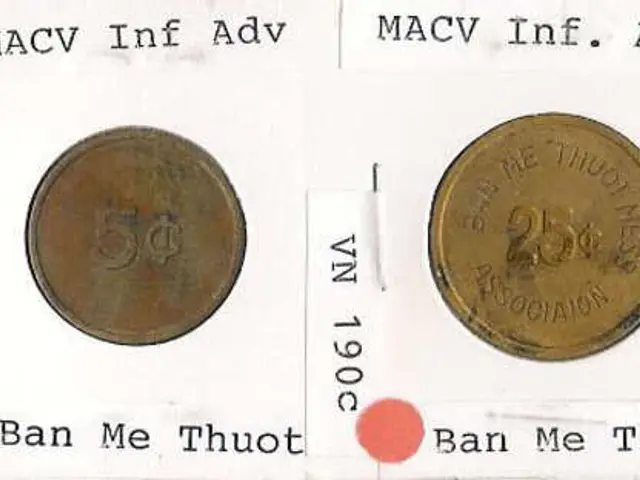Innovative Rubber Compound Promises Longer Life and Enhanced Safety for Electric Vehicle Batteries
In a significant breakthrough, researchers at the Georgia Institute of Technology have developed a promising alternative to conventional lithium-ion batteries using elastomers, or synthetic rubbers. This innovative battery design offers jumps in energy density and performance compared to traditional lithium-ion batteries.
The unique structure of the rubber electrolytes results in high ionic conductivity, superior mechanical properties, and electrochemical stability. These characteristics allow for reliable operation of solid-state batteries even at room temperature.
In conventional lithium-ion batteries, ions are moved by a liquid electrolyte, which can lead to safety issues such as explosions or fires due to inherent instability. The rubber electrolytes, on the other hand, prevent lithium dendrite growth, a common issue in solid-state batteries that can lead to short-circuiting and safety concerns.
The new battery design, made from a 3D structure, offers fast lithium-ion transport and superior mechanical toughness. This leads to longer-lasting batteries that can go farther. So far, their efforts have resulted in a two-time improvement in the battery's performance and cycle time.
SK Innovation, a global energy and petrochemical company, is funding additional research on electrolyte material as part of its collaboration with the Institute to build next-generation solid-state batteries. The company recently announced the construction of a new EV battery plant in Commerce, Georgia, with an expected annual volume of lithium-ion batteries equal to 21.5 Gigawatt-hours by 2023.
However, conventional polymer electrolytes do not have sufficient ionic conductivity and mechanical stability for the reliable operation of solid-state batteries. The researchers at Georgia Tech have overcome common problems with rubber electrolytes, such as slow lithium-ion transport and poor mechanical properties, by allowing the material to form a 3D interconnected plastic crystal phase within a robust rubber matrix.
The rubber electrolyte can be produced using a simple polymerization process at low-temperature conditions. This low-cost, non-toxic, and environmentally friendly material is a significant step towards the development of safe and efficient solid-state batteries.
Michael Lee, a mechanical engineering graduate researcher, mentioned that higher ionic conductivity means more ions can be moved at the same time. This leads to faster charging times and longer battery life. The researchers are working on improving the battery performance by increasing its cycle time and decreasing the charging time.
Solid polymer electrolytes continue to attract great interest because of their low manufacturing cost, non-toxicity, and soft nature. The safety issues have led the industry to explore solid-state batteries, which can be made using inorganic ceramic material or organic polymers. While most of the industry is focusing on building inorganic solid-state electrolytes, the Georgia Tech team's innovative approach using rubber electrolytes offers a more cost-effective and environmentally friendly solution.
By increasing the specific energy and energy density of these batteries, the mileage of electric vehicles can be increased. This development could revolutionise the electric vehicle industry, making EVs more affordable and practical for everyday use.
Read also:
- Peptide YY (PYY): Exploring its Role in Appetite Suppression, Intestinal Health, and Cognitive Links
- Toddler Health: Rotavirus Signs, Origins, and Potential Complications
- Digestive issues and heart discomfort: Root causes and associated health conditions
- House Infernos: Deadly Hazards Surpassing the Flames








